Picking the best saxophone mouthpiece
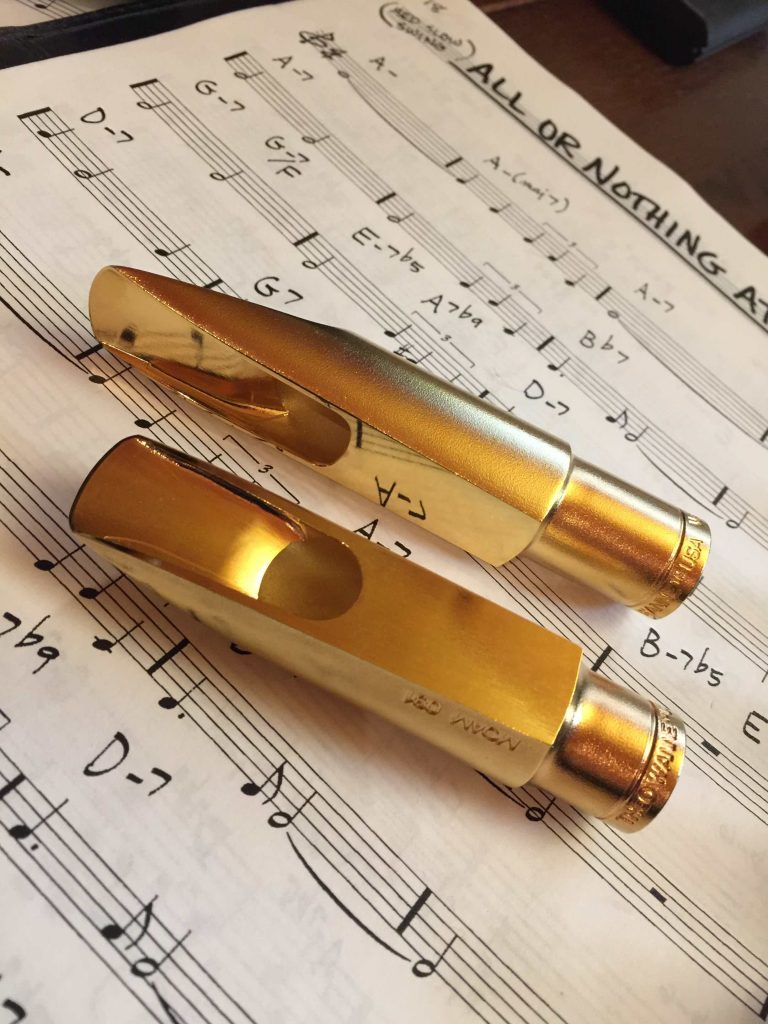 It is hard to get the best option, especially when you have so many amazing products on the market. For example, if you are playing alto saxophone, you will be looking for a different piece than if you play tenor sax. So, how would you decide the ideal unit for you? We hope that we will make your selection easier with the insightful information below. Take a look at the essential features that can help you make your final decision.
It is hard to get the best option, especially when you have so many amazing products on the market. For example, if you are playing alto saxophone, you will be looking for a different piece than if you play tenor sax. So, how would you decide the ideal unit for you? We hope that we will make your selection easier with the insightful information below. Take a look at the essential features that can help you make your final decision.
The sax mouthpiece must match with your skills
First, you don’t want to splash the cash on a mouthpiece for saxophone that goes beyond your skills. You don’t need the most expensive unit if you have never played before. Your choice goes beyond that.
If you are a newbie, the chances are that you may lack some improvisation skills. In that case, you should go with a narrow or moderate tip opening. On the other hand, if you are an advanced performer, you can even pick a unit like Meyer MR-402-6MM. That will give you the characteristics required to play every tone perfectly and just the way you wanted.
Have you already chosen your music style?
If you consider music style, you can find two different types of mouthpiece for sax
These have significant differences in design. If you take a look inside the piece, you will find a baffle. Jazz units have a convex baffle, which has the goal of accelerating the air when it goes inside. Thanks to that, you will receive additional buzz and edge. That can be particularly important in a large band where you need a lot of effort to be heard next to amplified instruments. Beechler Diamond Inlay Alto Saxophone Mouthpiece can be a wonderful solution in this category.
Classical mouthpieces have a concave or straight baffle. The sound is also like that – flatter and rounder, which allows you the room to play with different styles, especially if you are performing alone.
A few words about materials used to produce sax mouthpieces
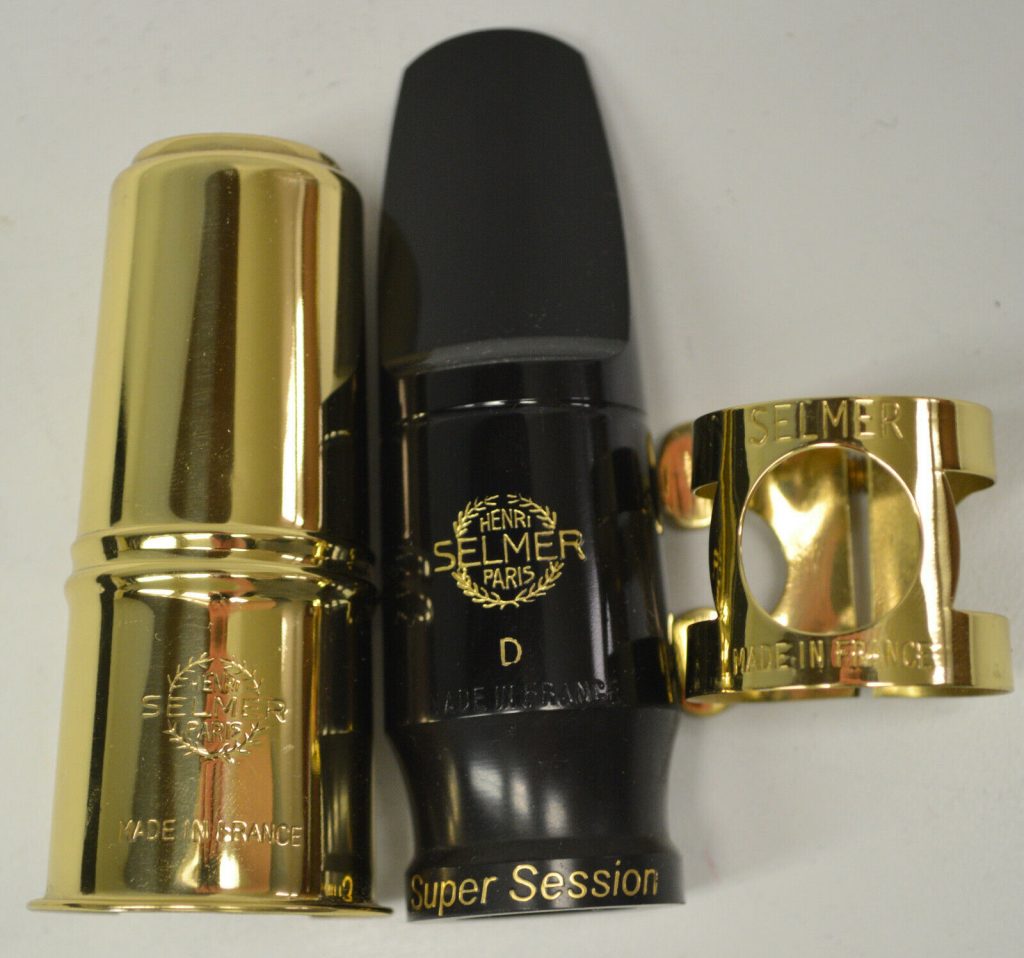 These are the two most common materials used to make saxophone mouthpieces:
These are the two most common materials used to make saxophone mouthpieces:
- Hard rubber (or ebonite, which is nothing else but exceptionally hard rubber)
- Metal
The jury is still out on whether the material can significantly affect the performance of a sax mouthpiece. According to experts, the sound has more to do with the design. Both metal and hard rubber (even plastic) pieces can produce quiet and loud, as well as dark and bright sounds. If you only focus on listening and don’t see the instruments, you could hardly tell which piece was playing.
That is why you can have the freedom to pick the desired material. If you want a metal mouthpiece, you can’t go wrong with Otto Link OLM-404-NY-8. When it comes to hard rubber pieces, you have a wide range of choices at fairly affordable rates.
The shape of the table
Did you know that sax mouthpiece has a table? You use ligature to clamp the reed onto this component. When it comes to the table shape, you can go for flat or concave. The majority seems to prefer flat tables, although concave units can also have certain advantages.
For starters, tables can be concave from side to side or front to back, although the latter ones are more popular.
The problem is that concave tables can’t handle the humidity. The table can swell, and the issues that may appear can affect your performance. However, as with most mouthpiece features, you will need to give it some trial and error to discover which unit is ideal for your preference.
Chamber
If you take a look at the anatomy of a mouthpiece for saxophone, this will be the cavity in the body of the unit. It is important to be aware that the chamber’s shape and size can both determine the quality of sound. For example, bright tones often come out of compact-sized chambers. Furthermore, modern pieces primarily have these small chambers. Think about the tones and style you want to play and, accordingly to this, make your choice.
Tip opening
If you measure the length between the mouthpiece tip and the reed, you will get the size of the tip opening. This is one of those factors that allow you to improvise with the saxophone. The larger the tip opening, the more freedom you have in play. As for how it affects the sound, it can make it brighter if it is larger. The reason lies in favoring high partials.
Beginners should stick to narrow or average tip openings. You will be able to experiment later after you learn the basics.
If you are ready to take things to the next step, you can consider big tip openings, too. Try to find the size that fits you, and allows you to display your skills in the best possible light.
Facing length
Many experts would say that your sax mouthpiece choice starts with the facing length. It describes the length of the mouthpiece just above the shank. That directly affects the vibration while you are playing.
If you go with a long facing, you will face plenty of vibration. On the other hand, short and medium facing somewhat limit the vibration.
You should know that a long facing length also requires more power to play. Although it will take more effort, you will have improved quality of the tone, which will contribute to a richer sound. If you are buying a saxophone mouthpiece for a child, perhaps you shouldn’t go for the longest facing length right away. However, if you are ready to implement your energy to play properly, you can go for as long as you want.
Cap and ligature
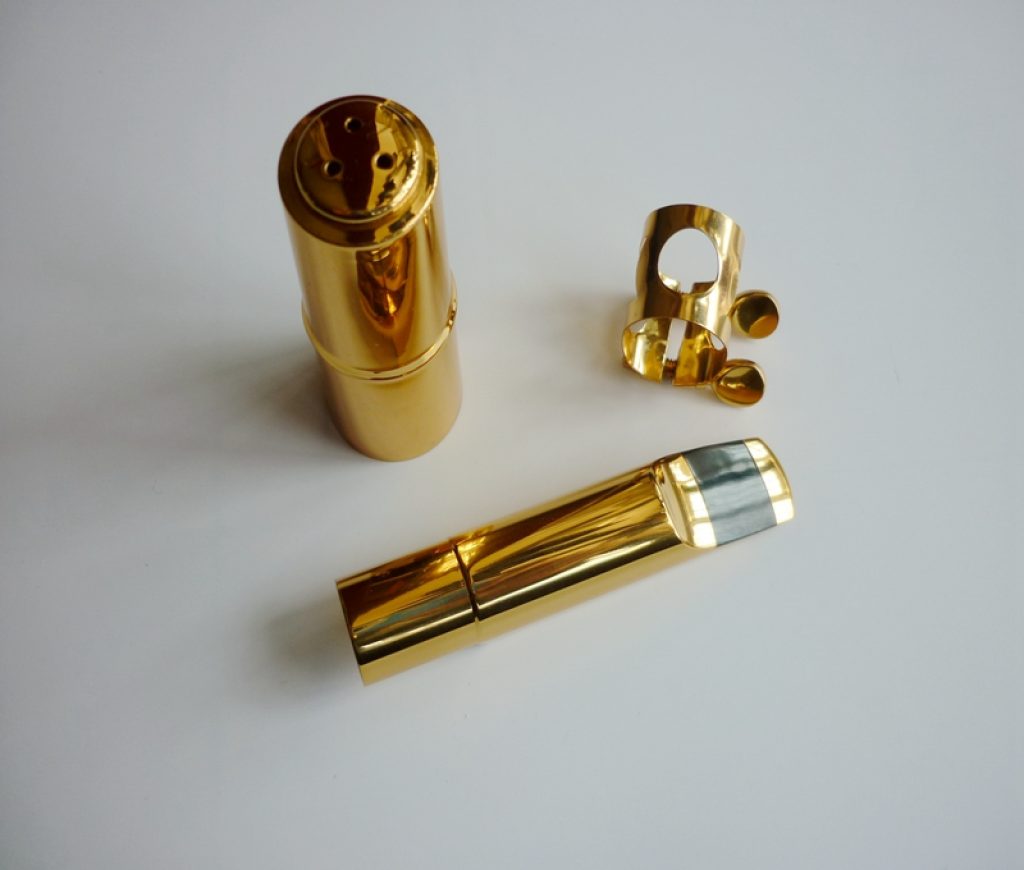 The cap serves to protect your mouthpiece when you are not using it. Think of it as a cover that will prevent your unit from the dust or bacteria if you place it on the table. Some units like Meyer MR-402-6MM come with an included cap. It is interesting to note that you can even buy branded caps if you want to give an elegant touch to your unit.
The cap serves to protect your mouthpiece when you are not using it. Think of it as a cover that will prevent your unit from the dust or bacteria if you place it on the table. Some units like Meyer MR-402-6MM come with an included cap. It is interesting to note that you can even buy branded caps if you want to give an elegant touch to your unit.
A ligature is a device which task is to clamp the mouthpiece to the reed. Imagine a ruler that you put at the edge of the table. The pointy part hangs off the edge, and you want to produce a vibrating effect. If you don’t want the ruler to fall, you will need to use your other hand to hold it on the table. That is what ligature does for the reed in saxophone mouthpieces.
Price ranges
If you browse the market for a minute or two, you will come to the following conclusion – the prices of mouthpieces greatly vary. It depends on whether you are looking for an alto saxophone mouthpiece or a unit for tenor sax, and on many other factors that also affect the cost.
You can find units like Yamaha Alto Sax Mouthpiece in a budget-friendly price segment. These products can perform well and deliver decent sound quality. Their biggest problem is often durability, but at a price under $50, you should get a good value for the money.
That is where premium units like Vandoren SM711 perform better. They may be more expensive, but they will pay that off by lasting for a long time.
Metal mouthpieces like Otto Link OLM-404-NY-8 can also be a bit pricey, but if you are a fan of this product type, and you want consistent performance, you usually cannot go wrong with metal as the preferred material. Premium mouthpieces often cost over $100-$150, but they are worth the money.






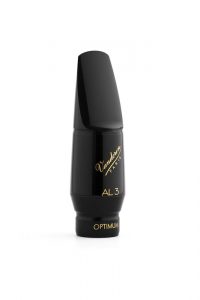
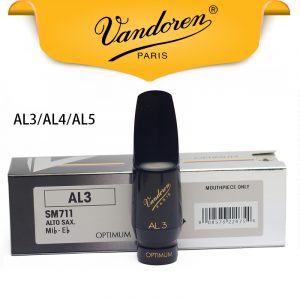
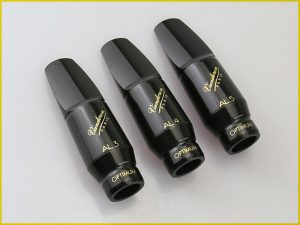
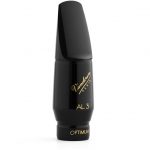

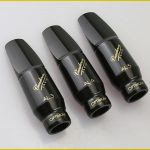
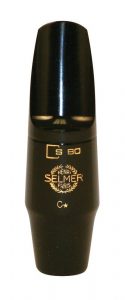
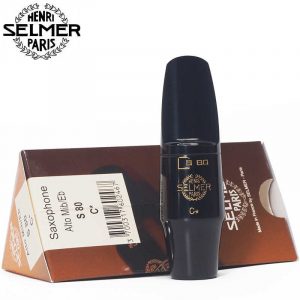
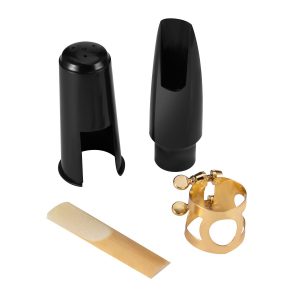
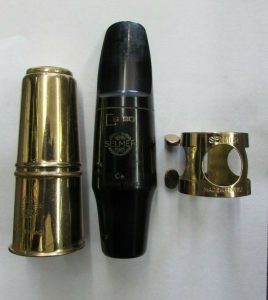
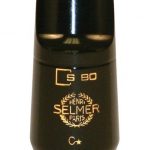
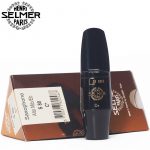
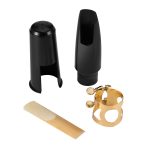
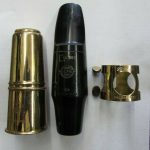
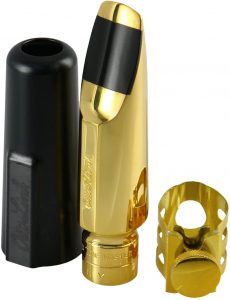
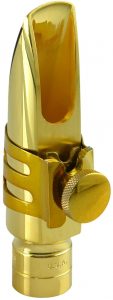
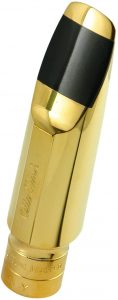

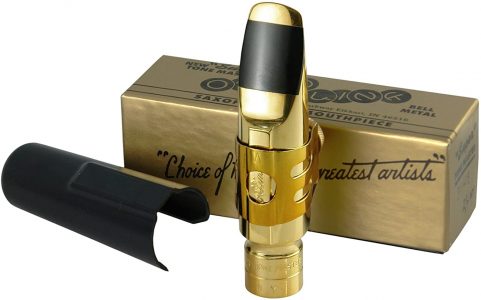
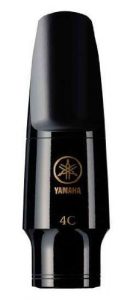
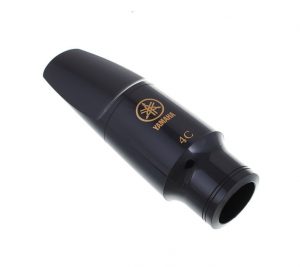
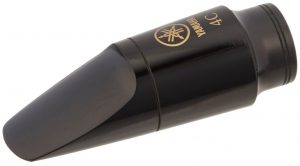
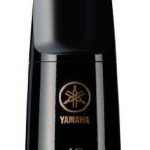
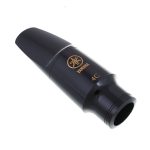
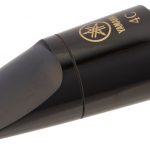
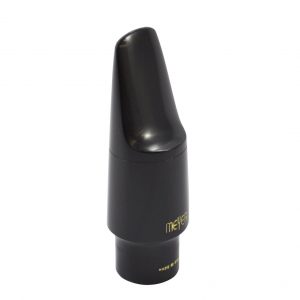
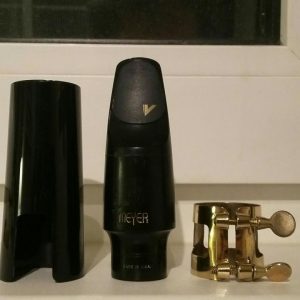
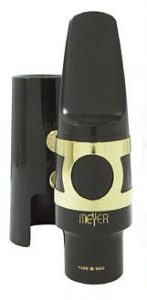
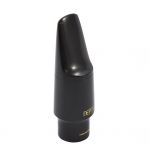
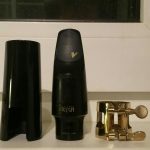

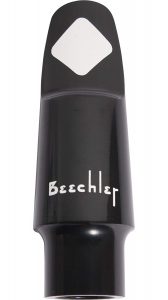
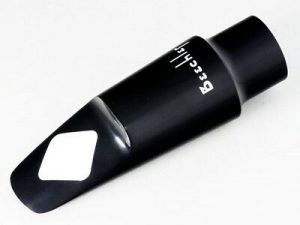
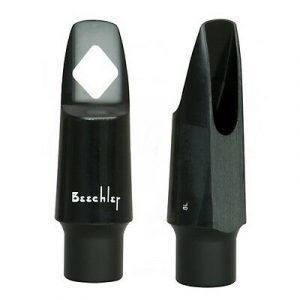
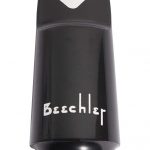
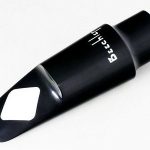
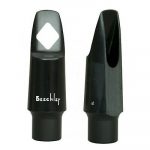
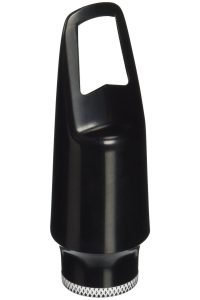
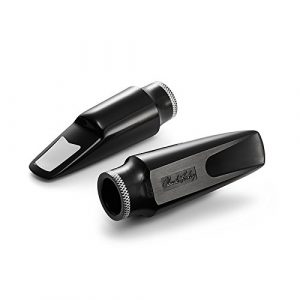
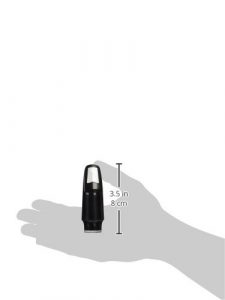
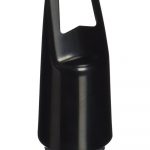
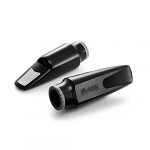
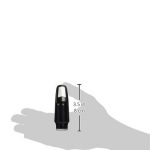
 It is hard to get the best option, especially when you have so many amazing products on the market. For example, if you are playing
It is hard to get the best option, especially when you have so many amazing products on the market. For example, if you are playing  These are the two most common materials used to make saxophone mouthpieces:
These are the two most common materials used to make saxophone mouthpieces: The cap serves to protect your mouthpiece when you are not using it. Think of it as a cover that will prevent your unit from the dust or bacteria if you place it on the table. Some units like
The cap serves to protect your mouthpiece when you are not using it. Think of it as a cover that will prevent your unit from the dust or bacteria if you place it on the table. Some units like 




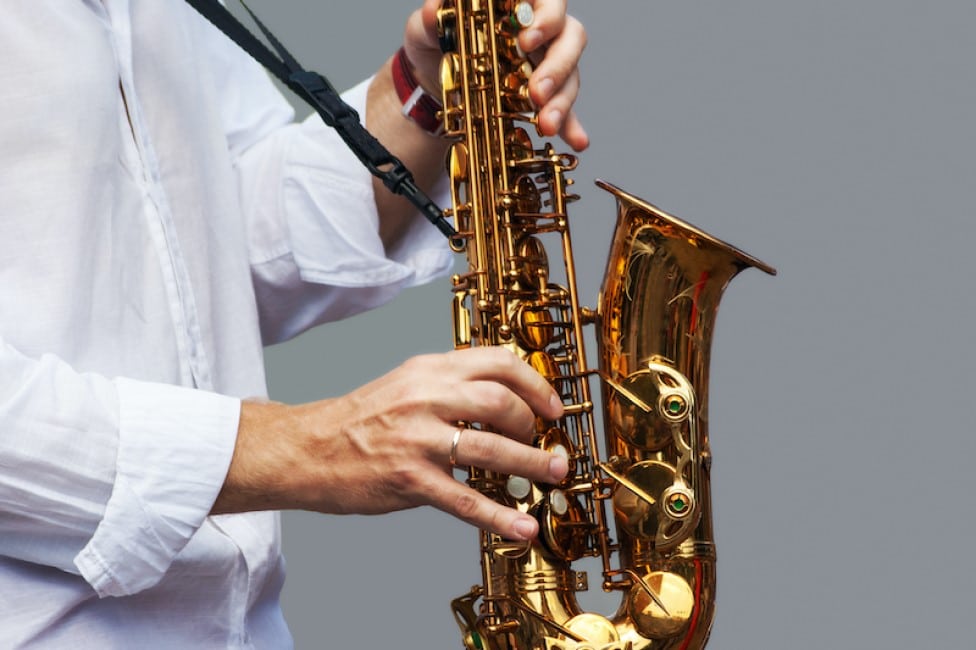
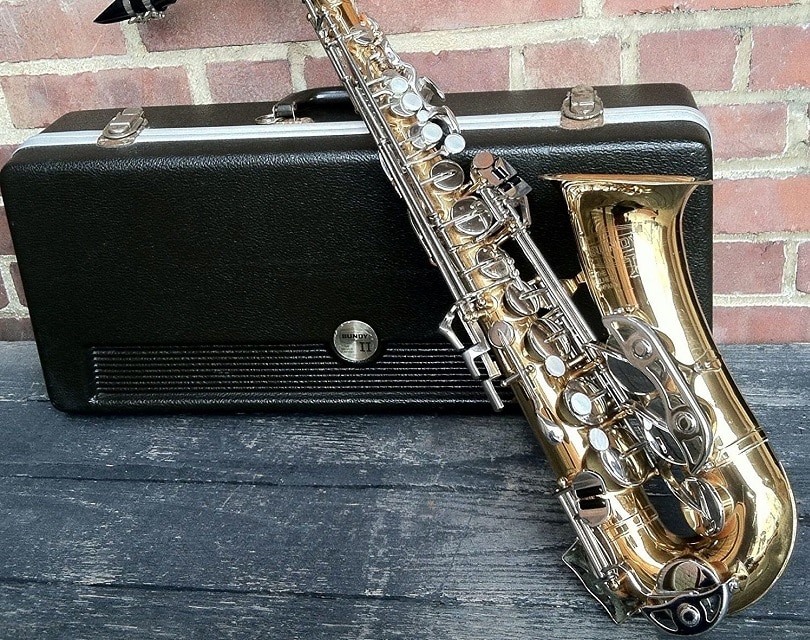


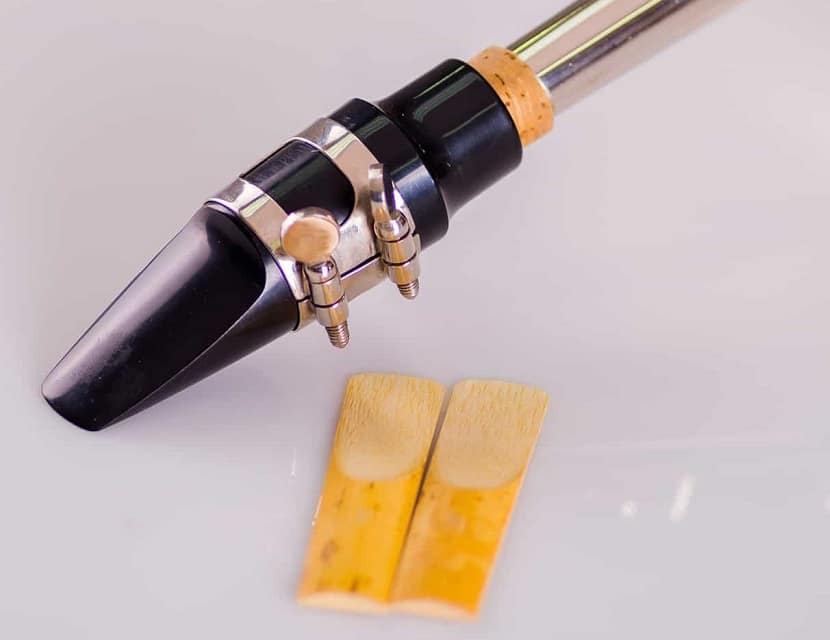

Do not call sax mouthpieces units!!!!!
Otto Link ligature is not plastic, the cap is plastic.